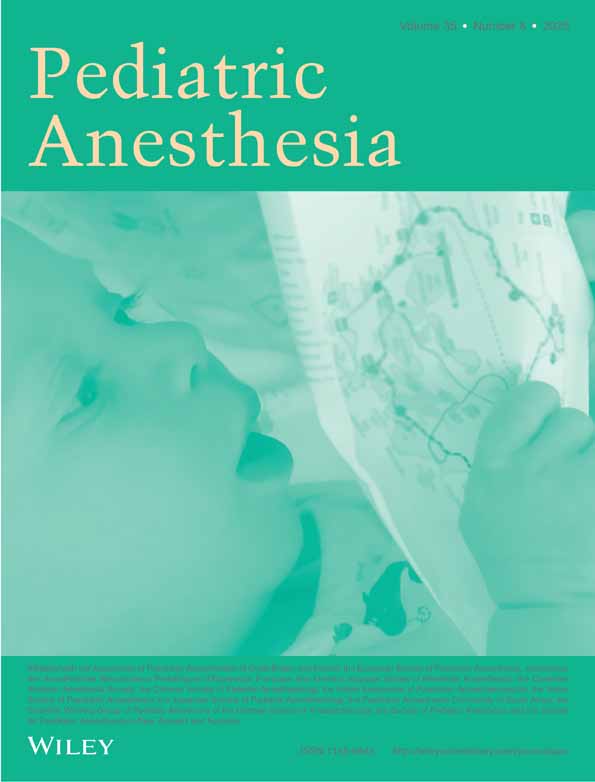Influence of EEG monitoring on intraoperative stapedius reflex threshold values in cochlear implantation in children
Summary
Background Cochlear implantation is a widely used means of treating deafness and severe hearing disorders. The surgical procedure includes inserting the cochlear implant electrode array into the cochlea and embedding the corresponding signal receiver in the mastoid bone behind the ear. Postoperative fitting of the externally worn speech processor is very important for successful use of the cochlear implant. For this purpose, electrically elicited stapedius reflex threshold values can be used. However, stapedius reflex threshold values measured intraoperatively are influenced by anaesthetics. The goal of this retrospective study was to find out whether electroencephalogram (EEG) control of anaesthesia produces more reliable reflex threshold values as a basis for the fitting of the speech processor.
Methods Three groups of children, after surgery for cochlear implantation, were analysed with regard to the magnitude of intraoperative electrically elicited stapedius reflex threshold values and their deviations from postoperatively determined maximum comfortable levels (group 1: methohexital/remifentanil with EEG monitoring, n = 10; group 2: isoflurane/fentanyl with EEG monitoring, n = 9; group 3: isoflurane/fentanyl without EEG monitoring, n = 11).
Results Children with EEG monitoring had significantly lower electrically elicited stapedius reflex threshold values and also significantly lower differences between intraoperative stapedius reflex threshold values and postoperatively determined maximum comfortable levels.
Conclusions Electroencephalogram monitoring in cochlear implantation is of considerable value in controlling anaesthesia and improving speech processor fitting based on more reliable intraoperative neurophysiological data.




